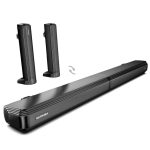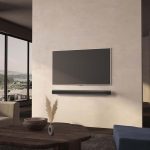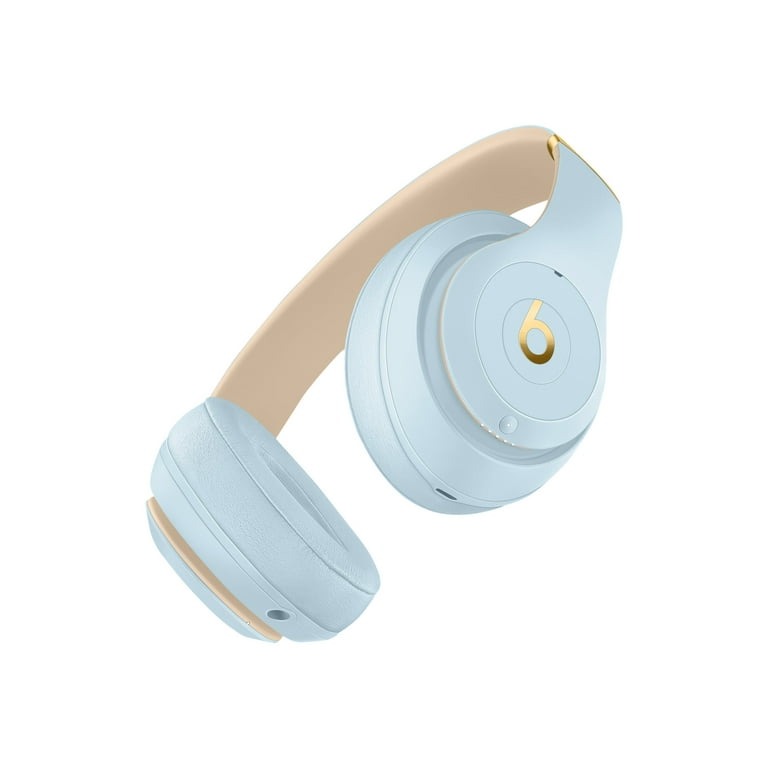Experiencing muffled sound from your headphones can be frustrating, especially when you’re trying to enjoy your favorite music or podcast. If you’ve found yourself wondering, “Why does my headphones sound muffled?” you’re not alone. Various factors can contribute to this audio quality issue, and understanding these causes can help you address the problem and enhance your listening experience. In this article, we’ll explore several reasons why your headphones may sound muffled and how to effectively troubleshoot the issue.
Identifying the Cause of Muffled Headphone Sound
When your headphones sound muffled, it can ruin your listening experience. Here are some steps to figure out the problem. First, ensure there’s no dirt or debris blocking the sound. Look into the ear cups or earbuds closely. Next, check the cables for any signs of damage, like fraying or kinks. These can affect sound quality. Also, examine the audio jack and make sure it’s not bent. A bent audio jack can cause sound issues. Then, test your headphones with different devices. Sometimes, the device itself might be the issue. Lastly, consider if there has been recent exposure to moisture. Moisture can harm headphone components and result in muffled sound.
Identifying the cause of why your headphones sound muffled is a key step. By checking these areas, you can find and fix the problem for clearer audio.
Cleaning and Maintenance Tips for Clearer Headphone Audio
Maintaining your headphones is crucial for optimum sound quality. Start with gentle cleaning. Use a soft, dry cloth to wipe away any dust or oils from the ear cups and headband. Don’t forget to clean the mesh screens inside the ear cups; this is where a lot of dirt can accumulate and muffle sound. For earbuds, gently remove ear tips and clean them with a mild soap solution. Be sure to let them dry completely before reattaching.
Next, keep cables untangled and stored correctly. Use a cable organizer or simply coil them loosely to avoid kinks that could damage the wires inside. Also, make sure to disconnect headphones from devices when not in use to prevent unnecessary strain on the audio jack.
Remember, harsh chemicals or water can damage your headphones. If you have to deal with stubborn grime, lightly dampen the cloth with water or a mixture of water and mild detergent. Never submerge your headphones in water.
Regular maintenance not only helps prevent muffled sounds but prolongs the life of your headphones. Incorporate these cleaning habits after each use, and conduct a thorough clean monthly. By doing so, you reduce the chances of asking why does my headphones sound muffled due to dirt and wear.
Checking Headphone Fit and Comfort
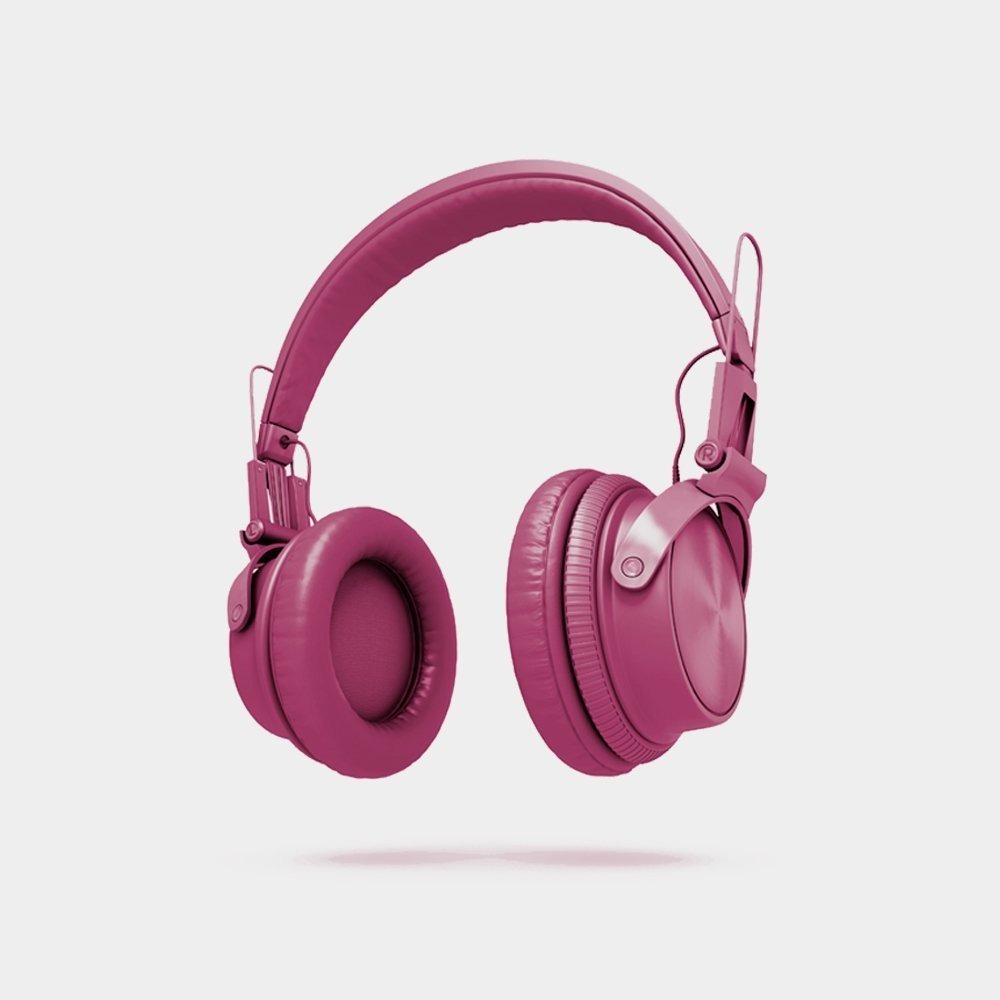
A snug fit is crucial for the best sound from your headphones. If they’re too loose, sound can leak. This might be why does my headphones sound muffled. For over-ear models, the ear cups should fully encompass your ears. There should be no gaps. For in-ear models, try different sized ear tips. The right size seals your ear canal and improves sound quality.
Ensure the headband isn’t too tight. This can cause discomfort over time. It could also change how the ear cups sit, affecting sound. Adjust the headband so it rests comfortably on the top of your head. The headphones should feel secure, but not clamp too hard.
Remember, comfort impacts how long you’ll wear your headphones. This affects your overall experience. If you wear glasses, check how the headphones fit with them. The arms of the glasses should not break the seal of the ear cups. If they do, it’s time to look for a better-fitting pair.
In short, proper fit and comfort are vital. They ensure you get clear, undistorted sound and a pleasant listening experience.
The Role of Audio Source Quality in Headphone Performance
When assessing why does my headphones sound muffled, consider your audio source. A low-quality audio file can degrade sound through any headphones. Also, the device you play music from has an impact. For example, some smartphones have better built-in DACs (Digital-to-Analog Converters) than others. This changes how music sounds.
Ensure your music files are of a high bitrate. This means more audio information, which leads to clearer sound. For streaming services, choose the highest quality playback option your internet can handle. If the service has an offline mode, use it. This often improves sound as streaming issues drop.
Lastly, look at the audio settings on your device. Improper equalization can lead to a muffled sound. Some devices come with preset EQ profiles. Pick one that enhances clarity. Adjust the EQ manually if you need a more custom sound. Remember, a neutral or flat EQ setting might give the truest sound.
High-quality audio sources greatly reduce the chances of asking yourself, ‘Why does my headphones sound muffled?’ Ensure you check the file quality, device output, and audio settings for the best performance.
Troubleshooting Common Headphone Issues
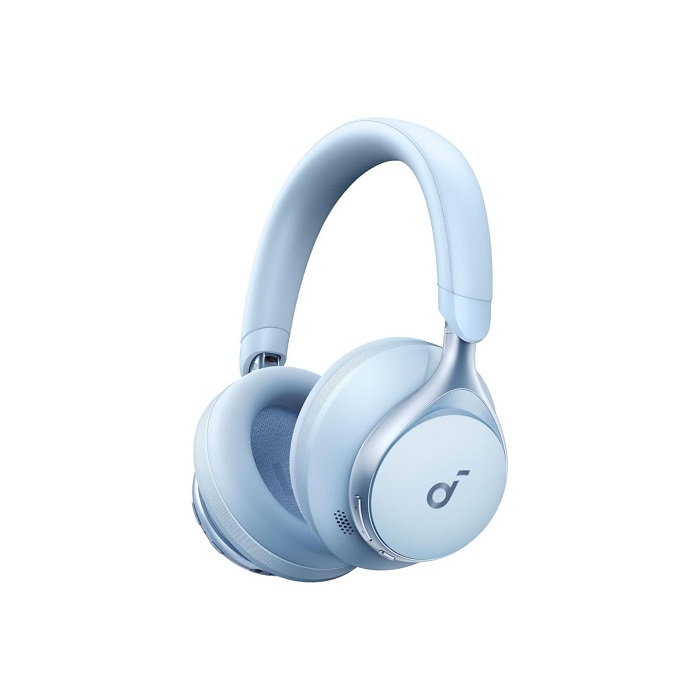
When your headphones sound muffled, it may not always be due to physical problems. Sometimes, it’s common headphone issues that are easy to fix. Here are some common problems and how to solve them.
First, verify the plug connection. It should be firm and secure. A loose connection can cause sound issues. Also, check if your headphones are fully plugged in. Partial connections can lead to muffled audio.
Next, consider the age of your headphones. Older ones may develop issues over time. If yours are old, it might be time for an upgrade. New headphones can provide clearer sound.
Another common issue is the headphone settings on your device. Make sure they are optimized for the best sound output. Misconfigured settings can make your headphones sound muffled.
Sometimes, the problem could be interference from other electronic devices. Try using your headphones away from other gadgets to see if the sound improves. This could answer the question ‘why does my headphones sound muffled.’
Also, if you use wireless headphones, check the battery life. Low batteries can affect performance, resulting in poor sound quality.
If these quick fixes don’t work, you might need to dig deeper. Maybe it’s time to consider professional repair or replacement. But first, let’s explore software-related issues you can resolve on your own.
Solutions for Software-Related Sound Problems
If your headphones sound muffled, software may be the culprit. To tackle software-related sound problems, start by checking for updates. Out-of-date drivers on your device can lead to poor audio performance. Refresh your drivers and operating system to the latest version for improvements.
Next, look at the audio settings. Ensure you haven’t accidentally activated any sound enhancement features that degrade quality. Also, disable audio effects or spatial sound settings that aren’t fitting your needs. Sometimes, these settings cause distortion or muffle the sound.
For streaming apps, clear the cache. A cluttered cache can result in interrupted and muffled audio playback. Go into the app’s settings and clear out any temporary files.
Check your audio codec settings as well. Some codecs compress audio more than others, which can muffle sound. If possible, choose a codec that provides higher fidelity, like AAC or aptX, if your device supports it.
Restore default settings if you’re unsure of the changes you’ve made. This can often fix unexpected muffled sound issues. In your audio device’s settings, look for a ‘reset’ or ‘restore defaults’ option.
Lastly, if you’re using a voice communication app, ensure the correct microphone and speakers are selected. Wrong input or output choices can cause muffled sound during calls or gaming sessions.
By following these steps, you should be able to resolve software-related sound problems and enjoy clear audio through your headphones.
When to Consider Professional Repair or Replacement
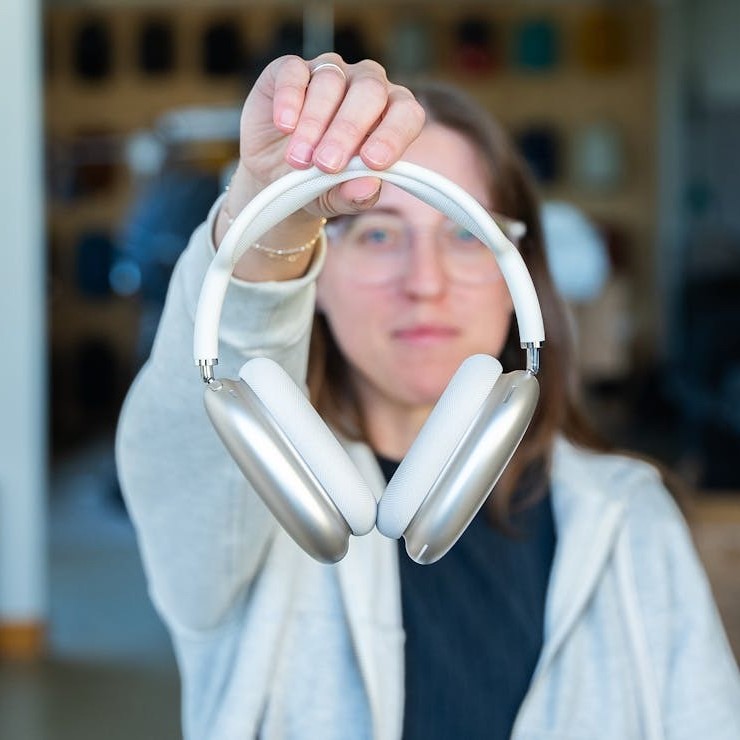
After trying out all the troubleshooting tips, your headphones might still sound muffled. When this happens, professional repair or replacement could be the necessary next step. Here’s when to consider these options:
First, if you have a high-end pair of headphones, professional repair might make sense financially. Repairs for these can be cheaper than buying new ones. Additionally, check if your headphones are still under warranty. The manufacturer might offer free or low-cost repair services.
If you’ve noticed physical damage, like a broken headband or visible wire damage, it’s time for professional help. DIY fixes might lead to further damage or even void a warranty you have.
Next, consider how old your headphones are. If they’ve served you well for many years, technology might have advanced since you got them. New models could offer better sound quality and features worth the upgrade.
Finally, if you’ve encountered recurring issues, even after fixes, replacement might be more cost-effective in the long run. Constant repairs can add up, and a new pair of headphones could provide a more reliable listening experience.
Deciding between repair or replacement can be tough. But if you’ve gone through all the steps and your question remains, ‘Why does my headphones sound muffled?’ then it might be time to invest in a new audio journey.




